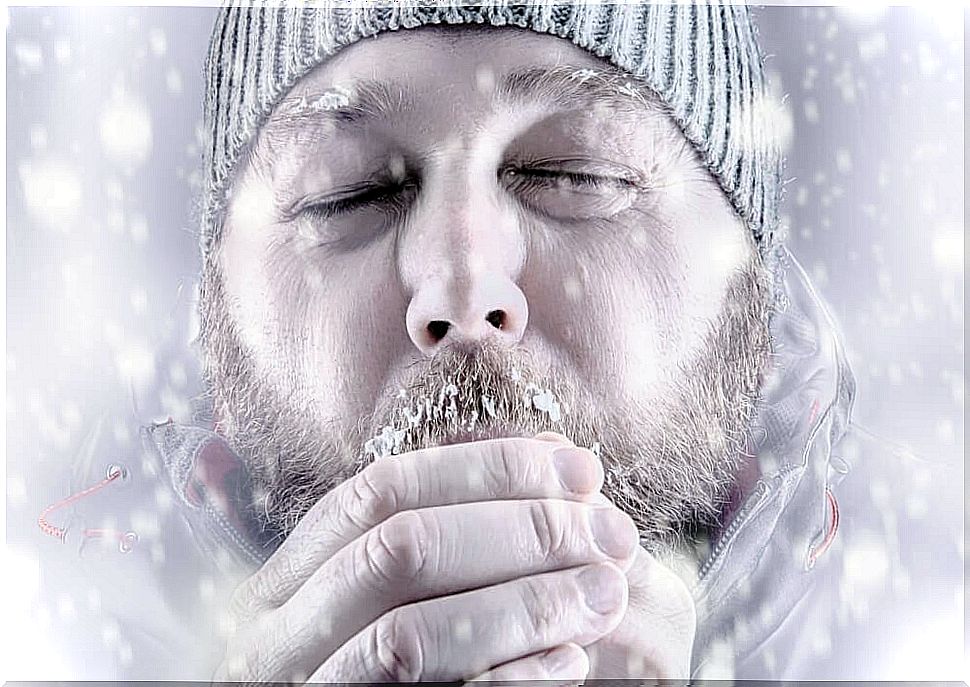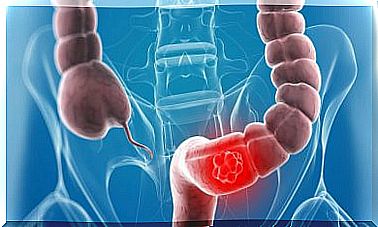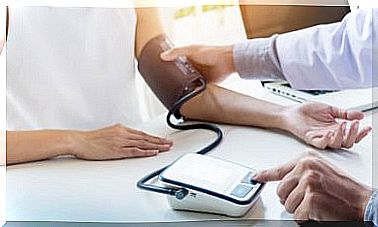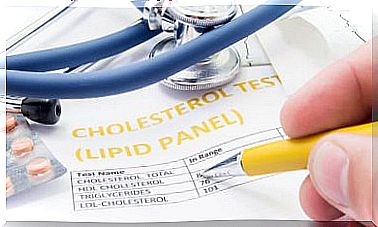Treatment Of The Patient With Hypothermia
According to the MSD Manual, hypothermia is a core body temperature of less than 35ºC. It occurs when the body is unable to produce enough heat to replace what it loses. Depending on the case, it can be mild or severe.
Below we will delve into the different degrees of this condition and the strategies to use.
More about hypothermia

An unusually low body temperature can wreak havoc on the body. Generally, a person is considered hypothermic if their temperature is below 35 ° C.
There are numerous conditions that can cause this state in an individual. For this, our body has a series of mechanisms that protect us from the cold. In this way, an attempt is made to produce heat and stabilize the body.
If the extreme condition persists, the body is unable to regain lost heat. Thus, it is considered that a body temperature below 35 ºC indicates that the body begins to fail. This is due to the fact that the production of heat is lower compared to that which is lost at every moment.
Eventually, vital organs and blood vessels begin to suffer damage. If this disorder is not properly treated, the person can die due to the associated complications.
Types of hypothermia
Depending on the severity of the case, we can differentiate between three types of hypothermia. It should be noted that, in each case, the symptoms usually appear gradually and worsen over time. In this way, we can highlight:
- Mild hypothermia (33-35 ºC). The most common signs or symptoms are chills or tremors, confusion or disorientation, and difficulty moving. The skin can change its tone and its touch is very cold.
- Moderate hypothermia (30-33 ºC). In this situation, the patient begins to lose consciousness and may make a low murmur or babble. The victim may feel intense drowsiness and lose energy.
- Severe hypothermia (less than 30 ºC). Eventually, the individual loses consciousness, his heart rate and breathing rate slow down and weaken. Also, your blood pressure is below recommended standards.
First aid measures
Likewise, first aid is a series of simple guidelines that can be applied in a state of emergency. Thus, you can try to minimize the damages resulting from an accident while waiting for the corresponding medical attention.
In case of hypothermia, call 112 immediately and check the victim’s condition. To do this, pulse and respiration should be checked and CPR (or CPR) applied, if necessary.
Next, the victim should be transferred to a sheltered place with a more suitable temperature. It is also recommended to tuck it in if you have blankets or clothes to regain heat and replace damp clothes.
In case of not being able to find shelter, the subject should be warmed to try to dry the damp clothes and increase the body temperature. If possible, warm compresses can be placed or brought closer to the individual. Direct heat is discouraged because it can lead to more serious complications.
If the person is conscious, it can be stimulated using hot drinks or foods. In no case is the administration of alcohol recommended to calm the victim.
Treatment of hypothermia
Once the medical team arrives, they will apply the most appropriate treatment guidelines to stabilize the patient.
In milder cases of hypothermia, the disorder can be treated by passive warming. This technique consists of the administration of warm liquids and blankets to recover the lost heat.
However, in the most serious cases, the victim may be unconscious or it may not be enough to calm the person. In this situation, other techniques can be used to relieve hypothermia:
- Introduce lukewarm fluids intravenously. Usually this is a saline water solution.
- Use humidified oxygen to warm the patient’s airways.
- Apply a variable amount of the saline water solution to certain body regions. It is usually placed through a catheter in areas such as the pleura or the peritoneal cavity.
- In the most extreme cases, a hemodialysis machine can be used. In this way, blood is drawn from the subject, its temperature is increased, and it is reintroduced into the patient’s body.
In any case, hypothermia must be treated immediately with appropriate measures. The emergency medical team has the means to do it, although in milder cases, increasing the temperature with clothing and drinks can repair your condition.









